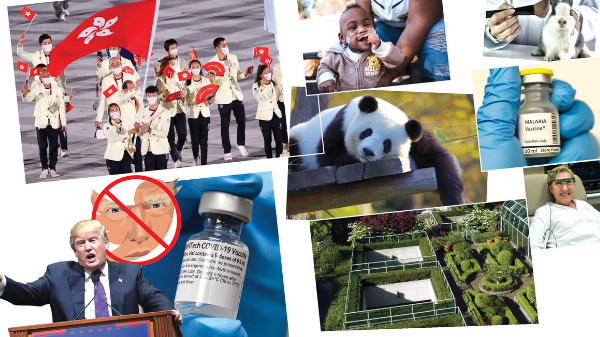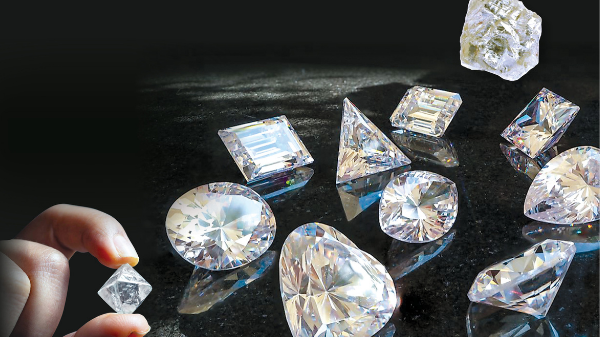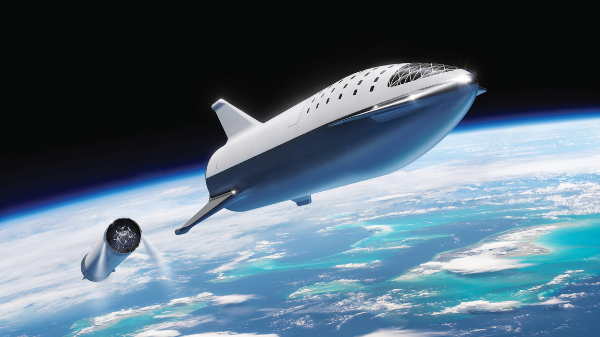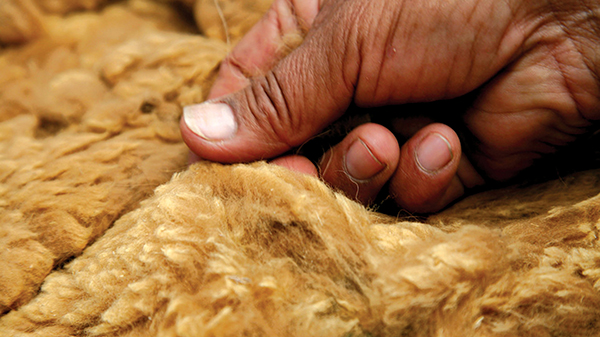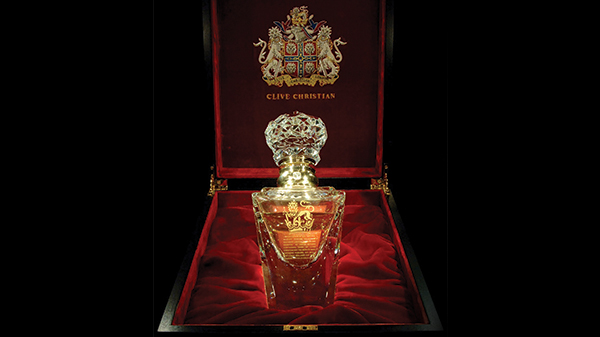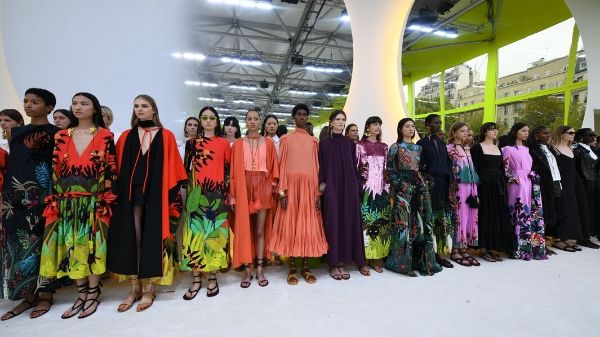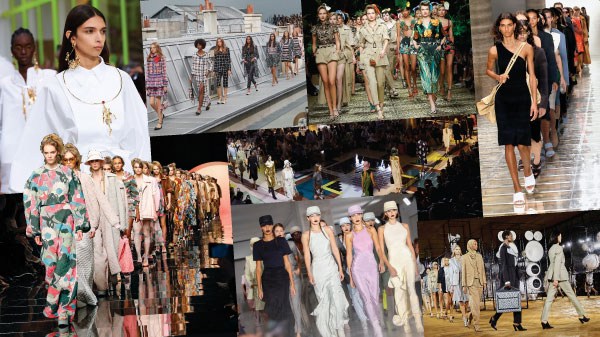Dipping into a swirl of gentle colours, Sylvia So loses herself in a canvas of tint, sensation and memory. Inspired by the mystical work of established contemporary artist Christopher Ku, she prepares for her first solo exhibition in two years. After a tumultuous period of disruption, the homegrown artist is eager to showcase her distinct abstract works that leave interpretation to eye of the beholder. In a city rife with powerful art-world players, elite collectors and snooty aficionados, it is routine for emerging artists from Europe and the United States to clinch multimillion-dollar sales at exhibitions, while only a handful of galleries promote true local talent like Sylvia So.

Hong Kong’s reputation as the capital of kitsch has faded, but until a few decades ago there was a dearth of culture. The city was never known for art. Luxury shopping, cheap and delicious food, a raging night life – yes, but art? No. Not unless you count the antiques pedalled in dilapidated shops as art. With intermittent fairs, just the occasional show-stopping cultural event and galleries few and far between, artists didn’t really have a strong presence or say. Having historically existed in the artistic shadows of New York, London and Paris, the Hong Kong art scene has expanded and evolved since Art Basel’s arrival in 2013.

Art Fairs Roster
The past two years have been rough for the art sector – jolted first by pro-democracy protests, then Covid-19 – with shuttered galleries, wiped-out cultural fairs and calamitous sales tolling the bells of impending gloom. However, the diverse roster of blockbuster fairs gracing the city last summer – Art Basel, Affordable Art, Unscheduled, Fine Art Asia, Art Next Expo – was a resounding endorsement of the market’s commanding return.

Traditionally, art follows money and with Hong Kong home to the world’s highest concentration of high-net-worth and ultra-high-net-worth individuals, an eastward shift in the global cultural axis is apparent. The findings of London-based art market-research firm ArtTactic are telling: Hong Kong now sits atop London as the second-biggest contemporary art-auction market in the world, tailing right behind New York. Even when the world was hurting from the pandemic during the first eight months of 2020, Hong Kong’s art-market share spiked to 26-percent from 20-percent in 2019, with US$314.6 million in sales, compared to London’s US$303.5 million. Kevin Ching, who served as Sotheby Asia’s CEO for 15 years before stepping down last April, feels there is “so much pent-up yearning and hunger for art in Hong Kong”.
Also Read: Fine Art Asia returns to Hong Kong with NFTs

Changing the Conversation
From Tai Kwun in the heart of the city to the fringes of new hub for creativity Wong Chuk Hang, galleries are flourishing. The growing interest is most visibly manifested by the high-ceilinged presence of art behemoths Gagosian Gallery, White Cube and Lehmann Maupin in the city. Their goal of mounting “museum-quality exhibitions” is a fortuitous sign that Hong Kong is clearly worth the investment.
Until a few years ago, the museum scene was woefully lacking, but here too the tide has turned. The opening of M+ is a big stride towards making the city a cultural heavyweight and remedying its reputation in art circles as being overly commercial. At 700,000 square feet, the West Kowloon stronghold is one of the largest contemporary art museums in the world, double the size of London’s Tate Modern and rivalling New York’s Museum of Modern Art – a place where you can go and see great art without someone putting a price tag to it.

One of the main restraints on homegrown talent has been the astronomical gallery rentals in a notoriously space-squeezed city. But with the opening of art-dedicated areas like the Tai Kwun Centre for Heritage and Arts, H Queen’s, PMQ, West Kowloon Cultural District and even the newly repurposed Central Market allow the burgeoning local art scene to breathe. Their diverse programme and local-artist-only exhibitions are helping the city shed its status of cultural sterility.
Excitement is high, artists like Sylvia So are optimistic. “There is a lot of potential here,” she affirms. Hong Kong is one of the few global cities in the world that is pumping in money for cultural development. “Undeniably the new art environment and government policies will greatly nurture homegrown talent.”
“There is so much pent-up yearning and hunger for art in Hong Kong”
Local Laurels
While the blight of Covid has been cataclysmic, it has spurred a refreshing change. Travel restrictions and long quarantine meant that a majority of global artists were absent from this year’s fairs. Art Basel and Affordable Art Fair chose to shine a spotlight on local artists instead. The latter’s director, Regina Zhang Minzi, observed, “Contrary to the previous seven years when 80-percent of [participating] galleries were from oversees, in 2021 it was the other way round.”
As a result, budding artists like young graduate Chau Chung-man and 24-year-old Mandy Ma, winner of the Fresh Trends Art Graduates Joint Exhibition award in 2019, enjoyed a pivotal year, showcasing their work in the same venue as celebrated Western talent like David Farrant.

Street Scene
Visual noise or genius born in the streets – no matter which side of the graffiti debate you are on, there is no denying the pedigree of street art. Non-profits like HKwalls, co-founded by former architect Jason Dembski in 2014, are driving forces encouraging the growth of murals through annual street-art festivals and competitions. An increasing number of graffiti artists like Bao Ho, Xeme and Catherine Grossrieder are taking to the walls to pour out their creativity and, in so doing, breathe new life into drab districts. Sometimes inspiring, often enigmatic and undoubtedly challenging, Hong Kong art is coming alive like never before.
Compared to established masters like Paris, Venice, London or New York, we may be just dabbing our brushes, but art world mainstays agree that a city often critiqued for being a superficial, commercial jungle is taking conscious steps to develop cultural depth. And it’s an exciting sight to behold.
Also Read: Artspace K: Celebrating and spotlighting contemporary artists in style
(Text: Nikita Mishra)




